Quang Ninh Hong Kong newspaper SCMP reflects that Ha Long Bay is beautiful but full of trash, leaving many regrets for tourists.
Squinting under the summer sun, Vu Thi Thinh sat on the edge of a wooden boat, scooping up a mass of rubbish from Ha Long Bay. It was not yet 9am, but behind her was a pile of Styrofoam boxes and plastic bottles – the clearest sign yet of the negative human impact on the UNESCO World Heritage Site, according to Hong Kong newspaper South China Morning Post (SCMP).
"I'm tired from picking up trash in the bay all day without much rest," said the 50-year-old woman who has been doing this job for nearly 10 years. Every day, Ms. Thinh has to row 5-7 trips to finish the job.
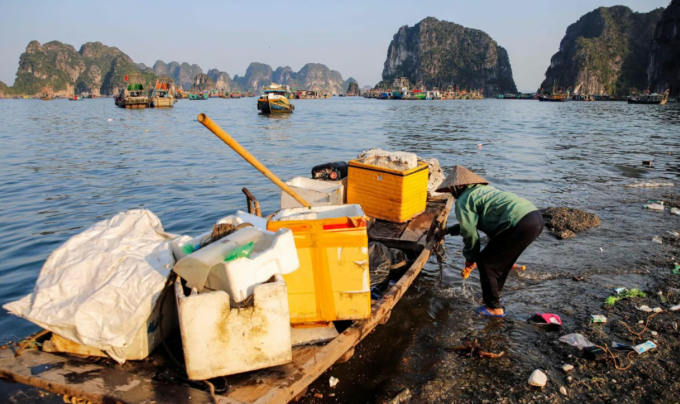
People hired by local authorities to collect trash in Ha Long Bay. Photo: AFP
Since early March, 10,000 cubic meters of trash – enough to fill four Olympic-sized swimming pools – have been removed from the water, according to the Bay Management Board. The problem has been particularly acute in the past two months, as plans to replace the floating polystyrene floats on fish farms in the bay with more sustainable alternatives have failed. Fishermen have dumped the excess polystyrene blocks into the sea.
The government has deployed 20 barges, eight boats and dozens of people to clean up. However, Ha Long Bay is under pressure from the trash.
More than 7 million visitors visited the bay in 2022. Authorities estimate 8.5 million this year. The destination’s popularity, combined with the rapid development of Ha Long City, which boasts cable cars, amusement parks, luxury hotels and thousands of new homes, has severely damaged its ecosystem.
Conservationists originally estimated there were more than 230 species of coral in the bay. Now that number is down to half that. There have been signs of recovery in the past decade, with coral and dolphins returning, but still small. Litter remains a major concern.
There are many large residential areas near the bay. If not properly treated, domestic waste from these areas will affect the ecosystem, including coral reefs. "Ha Long City can currently only treat more than 40% of its wastewater," said Do Tien Thanh, an employee of the bay's management board.
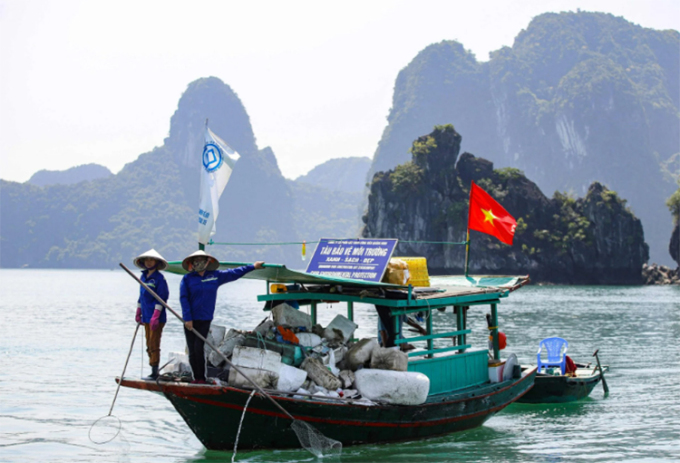
Trash collection boat in the bay. Photo: AFP
Single-use plastics are now banned on cruise ships, the bay’s management board said. Overall plastic use on board has dropped 90% from its peak. But rubbish still appears on shore, with daily rubbish collection teams still needed at the beaches.
Pham Van Tu, a local and freelance tour guide, said many tourists have complained about the garbage problem. "They read in the newspaper that Ha Long Bay is beautiful but there is a lot of garbage floating around. They don't want to swim or go boating and are afraid to recommend their friends and relatives to visit," Tu said.
Vietnam’s rapid economic growth and urbanization have led to a “plastic pollution crisis,” according to the World Bank. A 2022 report estimated that 3.1 million tons of plastic waste are generated each year, at least 10% of which leaks into waterways. Vietnam is becoming one of the top plastic polluters in the oceans, with plastic leakage expected to double by 2030.
Larissa Helfer, 21, a German tourist, said Ha Long Bay was beautiful but the trash problem would be "one of the most memorable" of the trip. "Normally, people would say: look at this beautiful landscape or look at these fishing villages. But in the bay, you have to talk about trash: oh my gosh, look at all the plastic bottles in the sea. That makes me sad," Helfer said.
"The work makes me tired and irritable. But we have to do our jobs," said Ms. Thinh, who grew up in Ha Long.
Anh Minh (According to SCMP )
Source link


![[Photo] National Assembly Chairman Tran Thanh Man received a delegation of the Social Democratic Party of Germany](https://vphoto.vietnam.vn/thumb/1200x675/vietnam/resource/IMAGE/2025/10/28/1761652150406_ndo_br_cover-3345-jpg.webp)



![[Photo] Draft documents of the 14th Party Congress reach people at the Commune Cultural Post Offices](https://vphoto.vietnam.vn/thumb/1200x675/vietnam/resource/IMAGE/2025/10/28/1761642182616_du-thao-tai-tinh-hung-yen-4070-5235-jpg.webp)

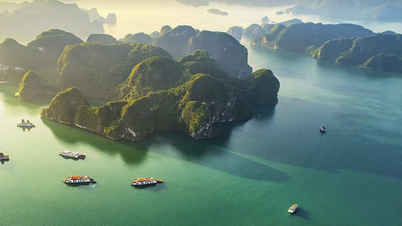

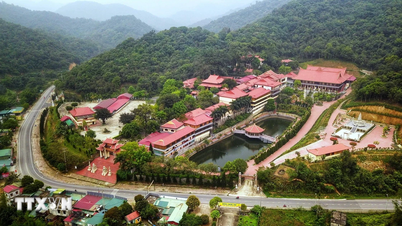

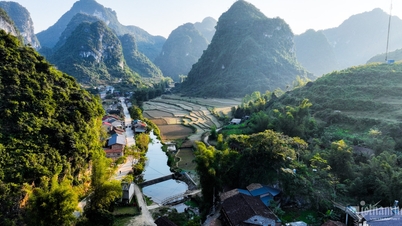
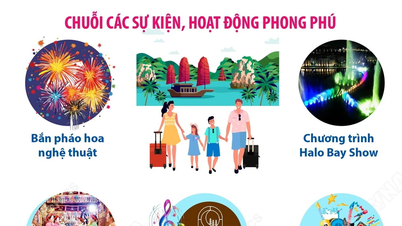
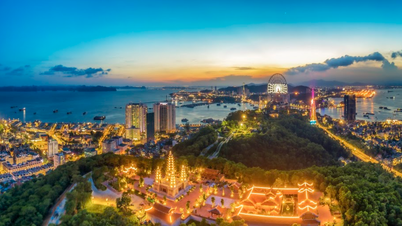





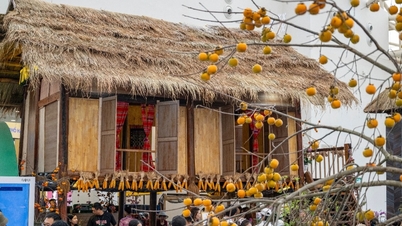
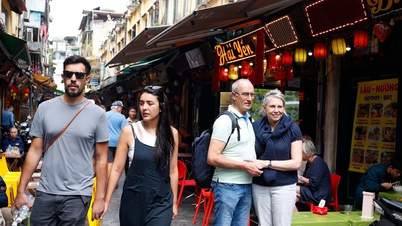
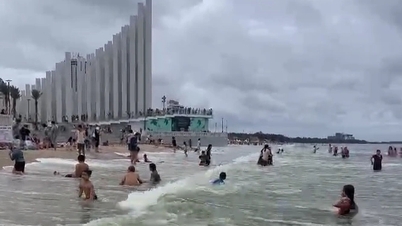











![[Photo] President Luong Cuong attends the 80th Anniversary of the Traditional Day of the Armed Forces of Military Region 3](https://vphoto.vietnam.vn/thumb/1200x675/vietnam/resource/IMAGE/2025/10/28/1761635584312_ndo_br_1-jpg.webp)

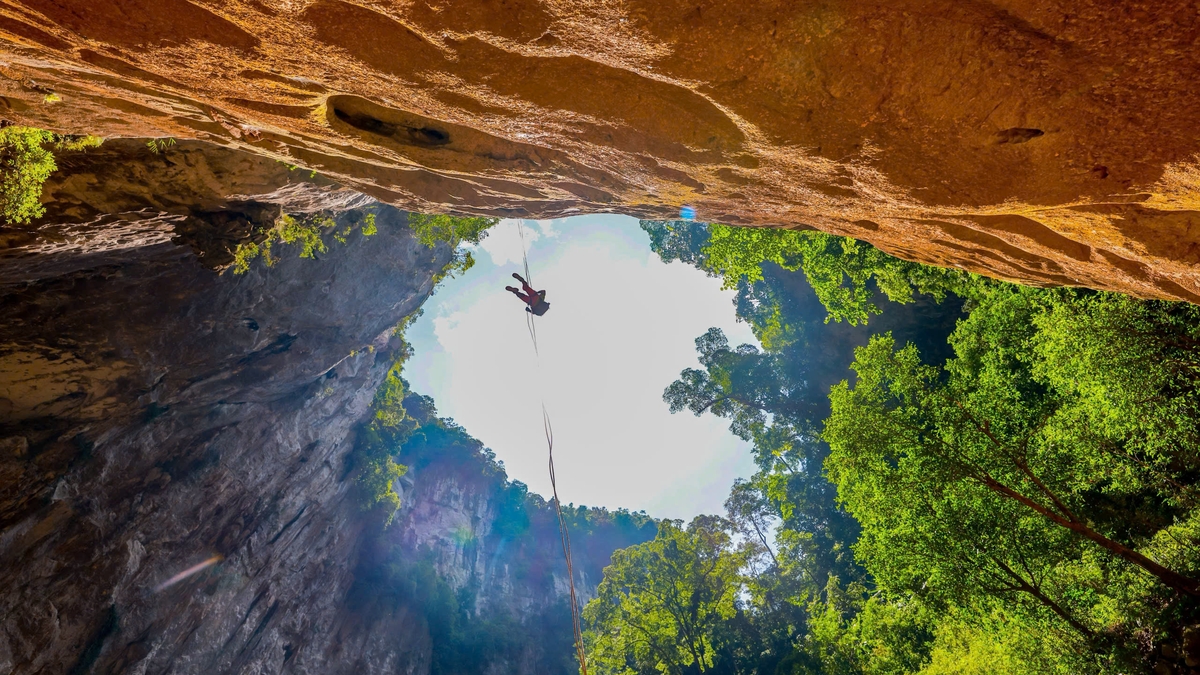





































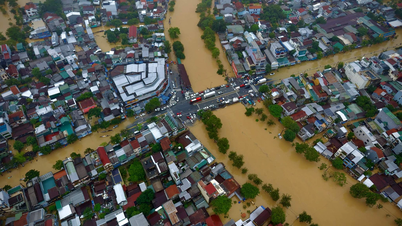









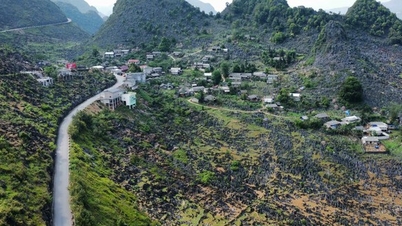




























Comment (0)